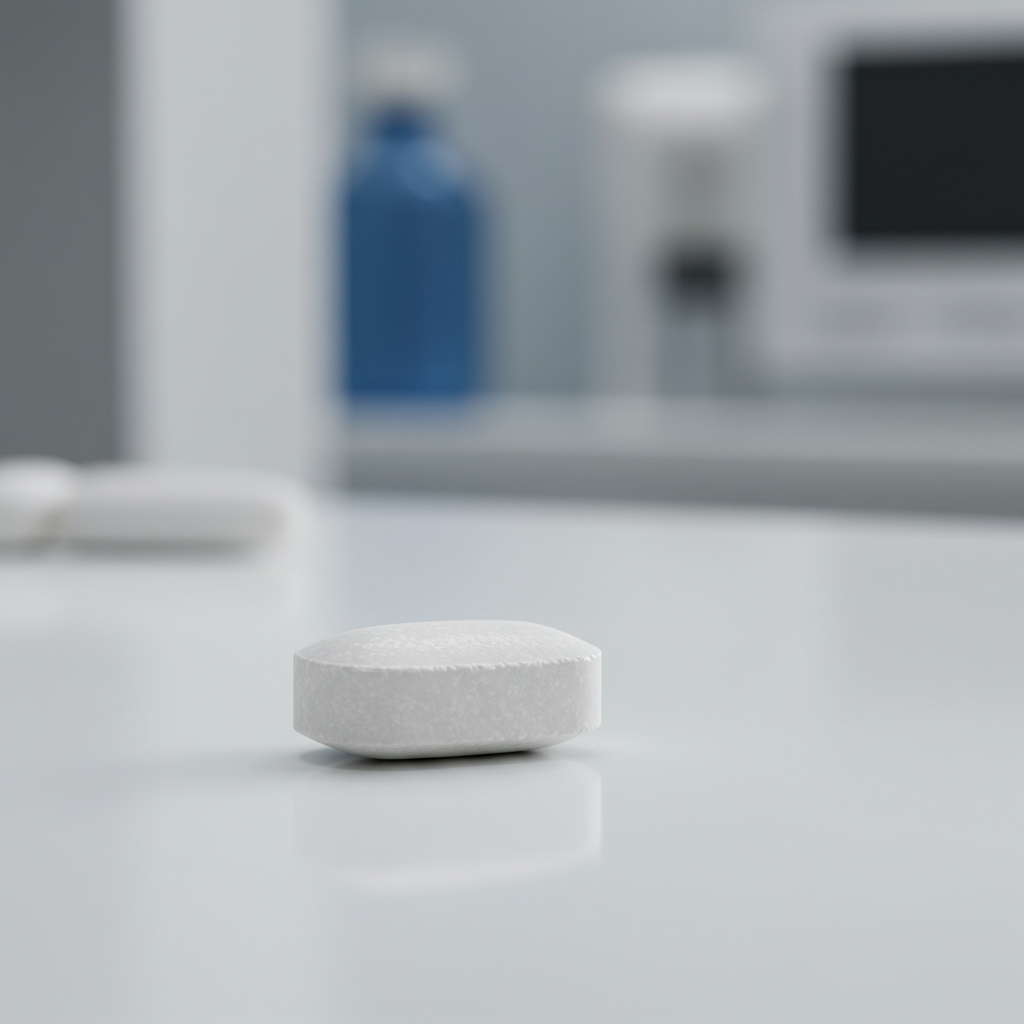Oral Breakthrough? Eli Lilly’s Daily Pill Shows Weight Loss Comparable to Injectable GLP-1s
Eli Lilly is making waves in the weight loss and diabetes treatment landscape with promising new data for orforglipron, their experimental daily anti-obesity pill. Results from a late-stage clinical trial suggest this oral medication could offer weight loss and blood sugar control comparable to popular injectable GLP-1 drugs like Novo Nordisk’s Ozempic and Eli Lilly’s own Mounjaro and Zepbound.
Presented at the American Diabetes Association annual meeting and published in the New England Journal of Medicine, the findings mark a significant step toward potentially providing a convenient pill alternative for patients who prefer avoiding injections or face challenges with injectable logistics.
Trial Results Highlight Strong Performance
The 40-week Phase 3 trial evaluated orforglipron in 559 participants with Type 2 diabetes. The study tested three different doses of the daily pill (3mg, 12mg, and 36mg) against a placebo.
Key findings demonstrate efficacy on both fronts:
Weight Loss: Participants receiving the higher doses of orforglipron showed clinically meaningful and statistically significant reductions in body weight. The highest dose group (36mg) achieved an average weight loss of 7.9% of their body weight, equivalent to approximately 16 pounds, over the 40 weeks. This outcome is noted as comparable to the weight loss seen in clinical trials for injectable GLP-1s like semaglutide (Ozempic/Wegovy) over similar periods. Importantly, weight loss appeared to be continuing without plateauing by the study’s conclusion, and a longer trial is underway to assess sustained results in individuals specifically with overweight or obesity.
Blood Sugar Control: All three doses of orforglipron were effective at lowering blood sugar. Participants saw an average reduction in A1C levels (a measure of average blood sugar over 2-3 months) of approximately 1.5% to 1.6%. Over 65% of participants on the highest dose reached an A1C level of 6.5% or lower, a common target for diabetes control. This level of blood sugar reduction is considered comparable to injectable GLP-1s like Ozempic and Mounjaro.
Participants took the pill once daily without restrictions on food or water, starting at a low dose (1mg) and gradually increasing, a strategy similar to the dose escalation used with injectables to minimize side effects.
The Appeal of an Oral Alternative
While injectable GLP-1s have revolutionized treatment for Type 2 diabetes and obesity, a daily pill offers several distinct advantages that could expand access and improve adherence:
Convenience: Eliminates the need for weekly injections, appealing to patients with needle aversion.
Manufacturing & Cost: Pills are generally less complex and expensive to manufacture compared to complex biologic injectables and injector pens, potentially leading to lower costs and greater supply availability, addressing common shortages seen with injectables.
Storage & Distribution: Unlike most injectable GLP-1 pens that require refrigerated cold-chain storage and transport, an oral pill would not have these requirements. This significantly simplifies logistics and makes the medication more accessible in regions lacking advanced infrastructure.
Adherence: Easier administration and storage could lead to more consistent long-term use, which is crucial for managing chronic conditions like diabetes and obesity effectively.
Eli Lilly executives highlight the potential impact, noting that injectable solutions aren’t feasible for billions globally, making an oral form a “big deal” for broader accessibility.
Safety Profile Mirrors Injectables
Orforglipron demonstrated a safety profile similar to other medications in the GLP-1 class. The most commonly reported side effects were gastrointestinal issues, including diarrhea, nausea, indigestion, vomiting, and constipation. Discontinuation rates due to side effects ranged from 4% to 8% across the different orforglipron dose groups, compared to 1% in the placebo group, aligning with rates observed in trials of injectable GLP-1s.
Navigating the Oral Landscape
An oral version of semaglutide, sold as Rybelsus by Novo Nordisk, is already available but is currently approved only for Type 2 diabetes and is generally considered less effective for weight loss than its injectable counterpart (Wegovy). Rybelsus also requires specific dosing instructions regarding food and water intake.
Orforglipron stands out as a potential first daily oral GLP-1 specifically approved for weight management with no food/water restrictions at dosing time. This could position it as a more convenient and effective oral option for weight loss compared to existing choices.
What’s Next? Regulatory Path and Broader Potential
Eli Lilly plans to seek regulatory approval for orforglipron for weight management by the end of 2024 or early 2025, followed by an application for Type 2 diabetes treatment in 2025 or 2026. The company is investing heavily in manufacturing capabilities to ensure ample supply upon potential approval.
Beyond diabetes and obesity, research is exploring the potential for GLP-1 drugs, including oral options like orforglipron, to impact other conditions linked to metabolic health, such as heart disease, sleep apnea, kidney disease, hypertension, and potentially even conditions like addiction or Alzheimer’s. An oral form could also play a role in long-term weight maintenance after initial loss.
While experts emphasize that these medications require proper medical management, the promising results for orforglipron represent a significant advancement, offering the potential for a highly effective, convenient, and more accessible option in the fight against Type 2 diabetes and obesity.


